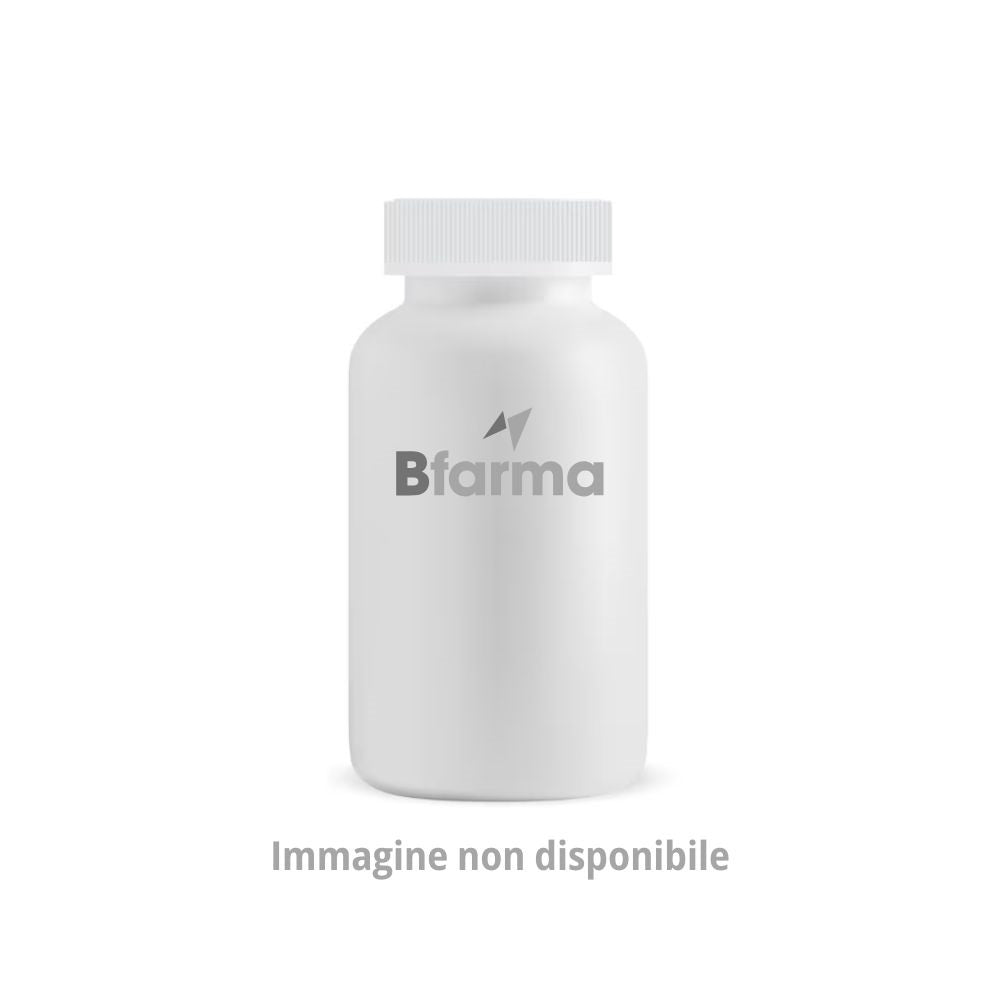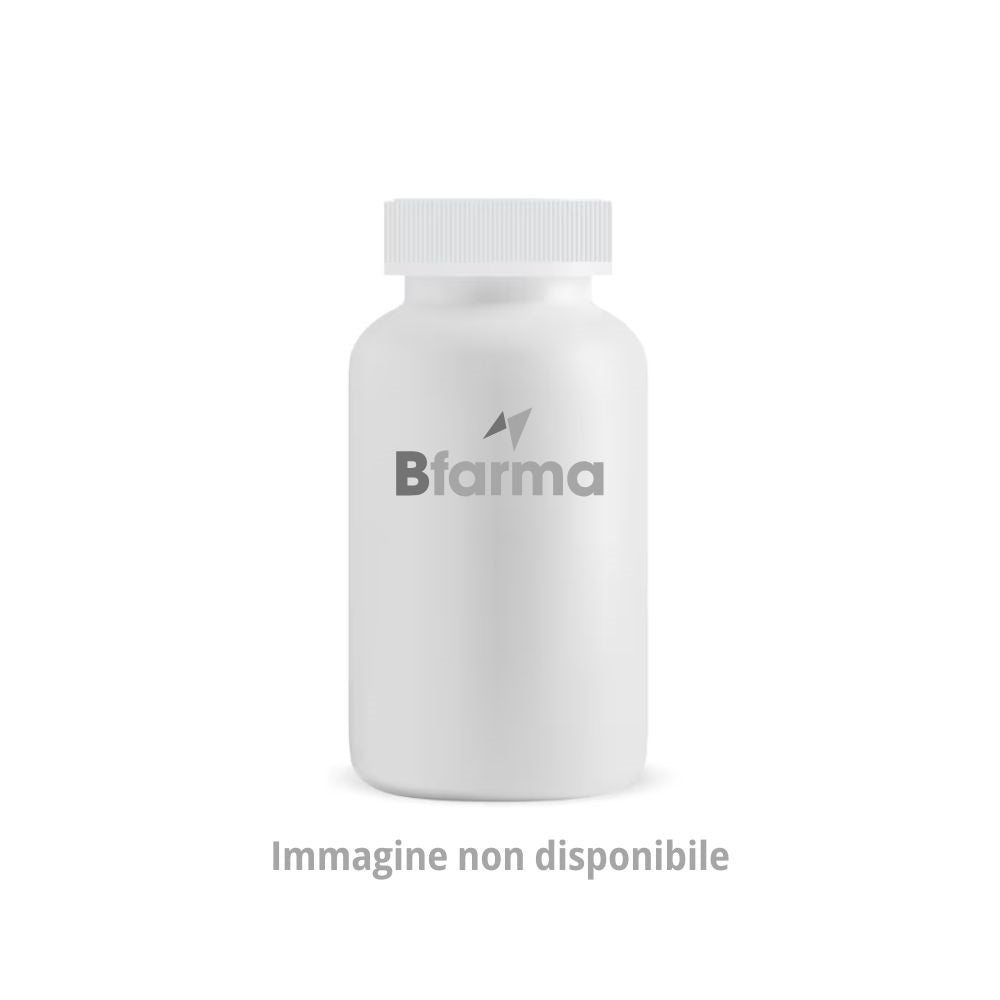MUNUS MEDICAL EARLY SELF-DIAGNOSTIC PREGNANCY TEST 2 PIECES MUNUS
Sold out
€9,90
Unit price
/
Unavailable
Tax included, shipping and discounts calculated at checkout.
MUNUS INTERNATIONAL | SKU:
986885111
Notify me when it's back in stock!
Write us your email, you will be notified when this product becomes available again!
MUNUS MEDICAL EARLY SELF-DIAGNOSTIC PREGNANCY TEST 2 PIECES MUNUS is backordered and will ship as soon as it is back in stock.
Shipping Costs and Times
Shipping Costs and Times
- Order fulfillment within 24 hours and delivery within the following 48/72 hours.
- Shipping cost: always free for orders over €49.90, otherwise it costs €4.99.
Payments
Payments
Payment information is processed securely. We do not store credit card information or have access to your credit card information.
Returns and Refunds
Returns and Refunds
You can return and receive a refund for the item within 30 days. See full policy here.

Do you need help?
Our customer service is here to help you!
- Contact us by phone, email or WhatsApp, from Monday to Friday, from 9:00 to 20:00 .
- For common questions, such as tracking your order or checking its fulfillment status, you can count on our artificial intelligence , available 24/7 .
We are always at your side to offer you fast and effective support!
Description
Description
MUNUS MEDICAL EARLY SELF-DIAGNOSTIC PREGNANCY TEST 2 PIECES MUNUS
MUNUS MEDICAL
PREGNANCY TEST
Description
Rapid chromatographic immunoassay for the qualitative detection of human chorionic gonadotropin in urine to facilitate early diagnosis of pregnancy.
It is a rapid, one-step, midstream format, lateral flow immunoassay for the qualitative detection of human chorionic gonadotropin (hCG) in urine to facilitate early pregnancy detection. The test uses a combination of antibodies including a monoclonal hCG antibody to selectively detect elevated levels of hCG. The test is performed by adding urine to the hydrophilic stick and obtaining the result from the colored lines.
How to use
Sample collection and preparation
The urine sample should be collected in a clean, dry container. A first morning urine sample is preferable as it usually contains the highest concentration of hCG; however, urine samples collected at any time of the day may be used.
Urine samples containing visible particles should be centrifuged, filtered, or allowed to settle to obtain a clear sample for analysis.
If testing is not possible immediately, urine samples may be stored at 2-8°C for up to 48 hours prior to testing.
For long-term storage, samples may be frozen and stored below -20°C. Frozen samples should be thawed and mixed prior to analysis.
Running the test
Allow the test and sample to reach room temperature (15-30°C) before testing.
Remove the midstream from the foil pouch and test immediately or within one hour. Remove the midstream cap, place the absorbent tip into the urine stream or immerse the absorbent tip (≥2/3) in urine in a clean container for at least 15 seconds. Do not urinate into the result window.
Replace the cap on the test midstream, then place the midstream on a clean, stable desk and immediately start the timer.
Read the result after 3 minutes; do not interpret the result after 10 minutes.
Reading the results
POSITIVE: Two colored lines appear. One line should be in the control line area (C) and another line should be in the test line area (T). One line may be lighter than the other; they do not have to be the same intensity. This result indicates the likelihood of being pregnant.
NEGATIVE: A colored line appears in the control region (C). No line appears in the test line area (T). This result indicates the probability that you are not pregnant.
INVALID: The result is invalid if no colored line appears in the control line area (C), even if a line appears in the test line area (T). You must repeat the test with a new test.
Warnings
Please read all the information in this leaflet before performing the test.
For in vitro diagnostic use only. Not to be taken internally.
Do not use after the expiry date printed on the foil pouch.
Do not use if case is torn or damaged.
Keep out of reach of children.
Do not open the foil test pouch until you are ready to begin testing.
The used test must be disposed of according to local regulations.
There is a possibility that this midstream test may produce false results. Consult your doctor before making any medical decisions.
Drugs that contain hCG (such as Pregnyl, Profasi, Pergonal, APL) may give a false positive result. Alcohol, oral contraceptives, painkillers, antibiotics, or hormone therapies that do not contain hCG do not affect the test result.
Very dilute urine samples, as indicated by a low specific gravity, may not contain representative levels of hCG. If pregnancy is still suspected, a first morning urine sample should be collected 48 hours later and tested.
Very low levels of hCG (less than 50 mIU/mL) are present in urine samples shortly after implantation. However, because a significant number of pregnancies end naturally in the first trimester, a weak positive test result should be confirmed by retesting with a first morning urine sample collected 48 hours later.
This test may produce false positive results. A number of conditions other than pregnancy, including trophoblastic disease and some non-trophoblastic malignancies including testicular cancer, prostate cancer, breast cancer, and lung cancer, cause elevated hCG levels. Therefore, the presence of hCG in urine should not be used to diagnose pregnancy unless these conditions have been ruled out.
This test may produce false negative results. False negative results may occur when hCG levels are below the sensitivity level of the test. If you still suspect pregnancy, collect a first morning urine sample 48 hours later and test it. If you suspect pregnancy and the test continues to produce negative results, consult a doctor for further diagnosis.
This test provides a presumptive diagnosis for pregnancy. A confirmed diagnosis of pregnancy should be made by a physician only after all clinical and laboratory findings have been evaluated.
Conservation
Store in its original packaging at room temperature or in the refrigerator (2-30 °C). Do not freeze.
The test is stable until the expiration date printed on the sealed pouch. The test must remain in the sealed pouch until use. Do not use beyond the expiration date.
Validity with intact packaging: 36 months.
Format
The kit contains:
- midstream testing;
- package leaflet.
Bibliography
1. Steier JA, P Bergsjo, OL Myking Human chorionic gonadotropin in maternal plasma after induced abortion, spontaneous abortion and removal of ectopic pregnancy, Obstet. Gynecol.1984; 64(3): 391-394
2. Dawood MY, BB Saxena, R Landesman Human chorionic gonadotropin and its subunits indatidiform moles and choriocarcinoma, Obstet. Gynecol.1977; 50(2): 172-181
3. Braunstein GD, JL Vaitukaitis, PP Carbon, GT Ross “Ectopic production of human chorionic gonadotropin by neoplasms”, Ann.Intern Med.1973; 78(1): 39-45
Cod. MM-FHC-U103H
Rapid chromatographic immunoassay for the qualitative detection of human chorionic gonadotropin in urine to facilitate early diagnosis of pregnancy.
It is a rapid, one-step, midstream format, lateral flow immunoassay for the qualitative detection of human chorionic gonadotropin (hCG) in urine to facilitate early pregnancy detection. The test uses a combination of antibodies including a monoclonal hCG antibody to selectively detect elevated levels of hCG. The test is performed by adding urine to the hydrophilic stick and obtaining the result from the colored lines.
How to use
Sample collection and preparation
The urine sample should be collected in a clean, dry container. A first morning urine sample is preferable as it usually contains the highest concentration of hCG; however, urine samples collected at any time of the day may be used.
Urine samples containing visible particles should be centrifuged, filtered, or allowed to settle to obtain a clear sample for analysis.
If testing is not possible immediately, urine samples may be stored at 2-8°C for up to 48 hours prior to testing.
For long-term storage, samples may be frozen and stored below -20°C. Frozen samples should be thawed and mixed prior to analysis.
Running the test
Allow the test and sample to reach room temperature (15-30°C) before testing.
Remove the midstream from the foil pouch and test immediately or within one hour. Remove the midstream cap, place the absorbent tip into the urine stream or immerse the absorbent tip (≥2/3) in urine in a clean container for at least 15 seconds. Do not urinate into the result window.
Replace the cap on the test midstream, then place the midstream on a clean, stable desk and immediately start the timer.
Read the result after 3 minutes; do not interpret the result after 10 minutes.
Reading the results
POSITIVE: Two colored lines appear. One line should be in the control line area (C) and another line should be in the test line area (T). One line may be lighter than the other; they do not have to be the same intensity. This result indicates the likelihood of being pregnant.
NEGATIVE: A colored line appears in the control region (C). No line appears in the test line area (T). This result indicates the probability that you are not pregnant.
INVALID: The result is invalid if no colored line appears in the control line area (C), even if a line appears in the test line area (T). You must repeat the test with a new test.
Warnings
Please read all the information in this leaflet before performing the test.
For in vitro diagnostic use only. Not to be taken internally.
Do not use after the expiry date printed on the foil pouch.
Do not use if case is torn or damaged.
Keep out of reach of children.
Do not open the foil test pouch until you are ready to begin testing.
The used test must be disposed of according to local regulations.
There is a possibility that this midstream test may produce false results. Consult your doctor before making any medical decisions.
Drugs that contain hCG (such as Pregnyl, Profasi, Pergonal, APL) may give a false positive result. Alcohol, oral contraceptives, painkillers, antibiotics, or hormone therapies that do not contain hCG do not affect the test result.
Very dilute urine samples, as indicated by a low specific gravity, may not contain representative levels of hCG. If pregnancy is still suspected, a first morning urine sample should be collected 48 hours later and tested.
Very low levels of hCG (less than 50 mIU/mL) are present in urine samples shortly after implantation. However, because a significant number of pregnancies end naturally in the first trimester, a weak positive test result should be confirmed by retesting with a first morning urine sample collected 48 hours later.
This test may produce false positive results. A number of conditions other than pregnancy, including trophoblastic disease and some non-trophoblastic malignancies including testicular cancer, prostate cancer, breast cancer, and lung cancer, cause elevated hCG levels. Therefore, the presence of hCG in urine should not be used to diagnose pregnancy unless these conditions have been ruled out.
This test may produce false negative results. False negative results may occur when hCG levels are below the sensitivity level of the test. If you still suspect pregnancy, collect a first morning urine sample 48 hours later and test it. If you suspect pregnancy and the test continues to produce negative results, consult a doctor for further diagnosis.
This test provides a presumptive diagnosis for pregnancy. A confirmed diagnosis of pregnancy should be made by a physician only after all clinical and laboratory findings have been evaluated.
Conservation
Store in its original packaging at room temperature or in the refrigerator (2-30 °C). Do not freeze.
The test is stable until the expiration date printed on the sealed pouch. The test must remain in the sealed pouch until use. Do not use beyond the expiration date.
Validity with intact packaging: 36 months.
Format
The kit contains:
- midstream testing;
- package leaflet.
Bibliography
1. Steier JA, P Bergsjo, OL Myking Human chorionic gonadotropin in maternal plasma after induced abortion, spontaneous abortion and removal of ectopic pregnancy, Obstet. Gynecol.1984; 64(3): 391-394
2. Dawood MY, BB Saxena, R Landesman Human chorionic gonadotropin and its subunits indatidiform moles and choriocarcinoma, Obstet. Gynecol.1977; 50(2): 172-181
3. Braunstein GD, JL Vaitukaitis, PP Carbon, GT Ross “Ectopic production of human chorionic gonadotropin by neoplasms”, Ann.Intern Med.1973; 78(1): 39-45
Cod. MM-FHC-U103H


